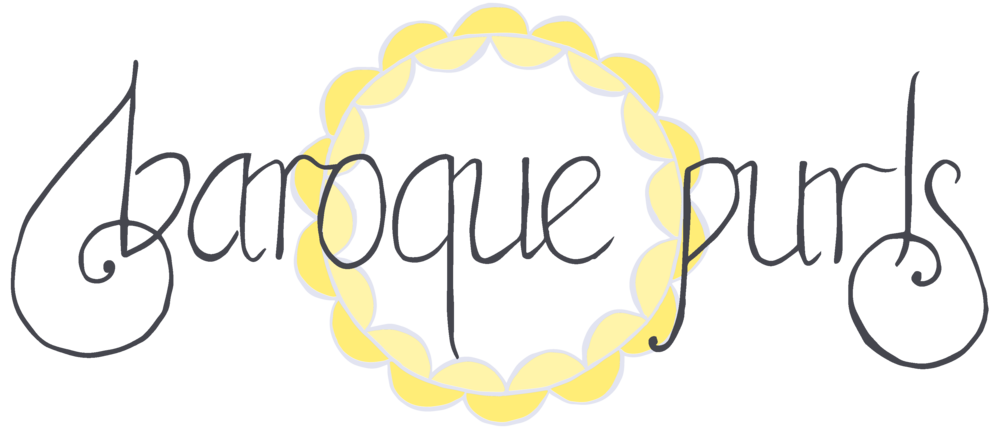Sometimes a knit or crochet scarf could do with a little something extra, and a classic fringe is an easy addition which suits many different styles of scarf, wrap, or shawl. The method I’m going to take you through below involves making ring hitch knots with a crochet hook, which I’m demonstrating on my cabled Melisma Scarf. This is a simple and secure method with plenty of options for customisation.
Read MoreHow to add beads to Candy Cones
As a little bonus, here is a simple method for adding beads to my Candy Cones pattern. One of my talented test knitters, Laura (or furstyferret on Ravelry), came up with it during pattern testing and I’m sharing it here with her permission.
Read MoreHow I block my hats
If you want your newly-knitted hat to look its best, I really recommend taking the time to finish your hat by blocking it, especially if you’ve used lace stitches or colourwork. You’ll be able to tidy up uneven stitches (at least to a certain degree) and open up a lace or mosaic pattern.
Read MoreHow to work twisted decreases
The lace stitches used in my Beanstalk Hat and Ensata Hat are mostly familiar ones: yarn-overs, k2tog and ssk, and knitting through the back loop (k-tbl) for added texture. But when you get to the crown of the hat, twisted decreases are thrown into the mix. You’ll find the motions familiar when working the twisted versions of k2tog, ssk, and k3tog - the big difference is that the stitch which ends up on top needs to be re-oriented so that it will twist the same way as a k-tbl stitch.
Read MoreAfterthought lifelines, and trial & error in designing
My preferred method for ripping back several rows/rounds is to use an ‘afterthought lifeline’, inserting another circular needle through each stitch of the round you want to start again from. Taking the time to do this before ripping back reduces the chance of losing stitches and spending even more time and trouble retrieving them.
Read More